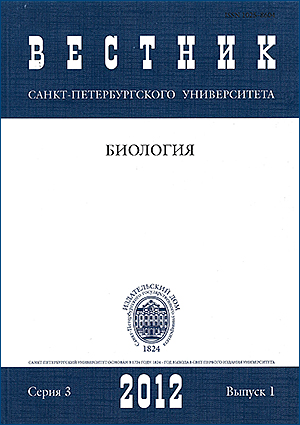Fraction-group humus composition of cryogenic surface-gley and hydromorphic soils of the Bol’shezemel’skaya tundra
Abstract
The article aims to study the fraction-group humus composition in cryogenic surface-gley and hydromorphic soils of the Bol’shezemel’skaya tundra. The specifics of the studied soils formed on loam are proved to be of high carbon content in coarse-humus (mor) organic-accumulative horizons and its content is inclined to a sharp decrease with depth. Humus composition is humuc-fulvic in organic horizons and fulvic in mineral horizons. Cryo-surface-gley soils are highly soluble and characterized by the low-average humification degree of organic matter. The humus profile of cryo-hydromorphic soils is formed by a complex of processes such as cryogenic mass exchange, frost retinization, and cryogenic denaturation and coagulation of disperse humus systems.
Keywords:
tundra soils, humus, fraction-group composition, cryogenesis
Downloads
Downloads
Published
How to Cite
Issue
Section
License
Articles of Biological Communications are open access distributed under the terms of the License Agreement with Saint Petersburg State University, which permits to the authors unrestricted distribution and self-archiving free of charge.





